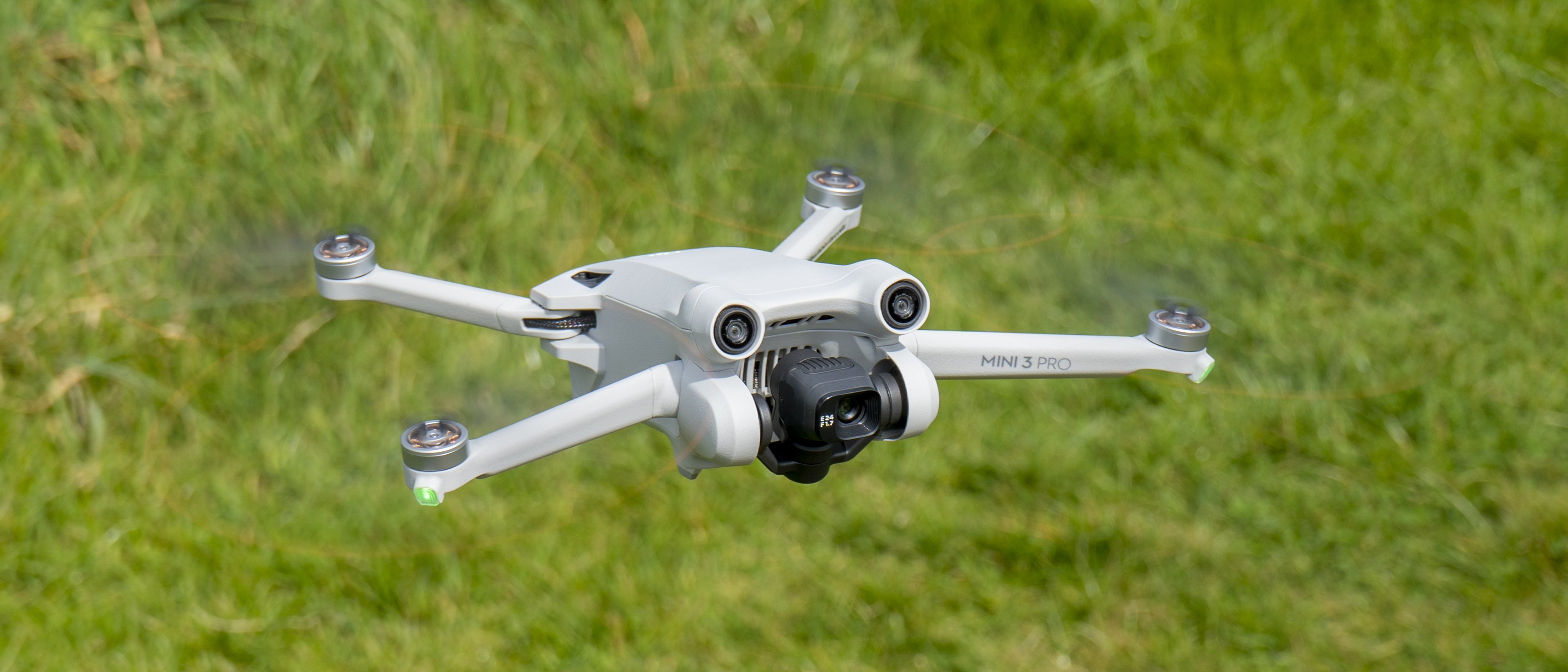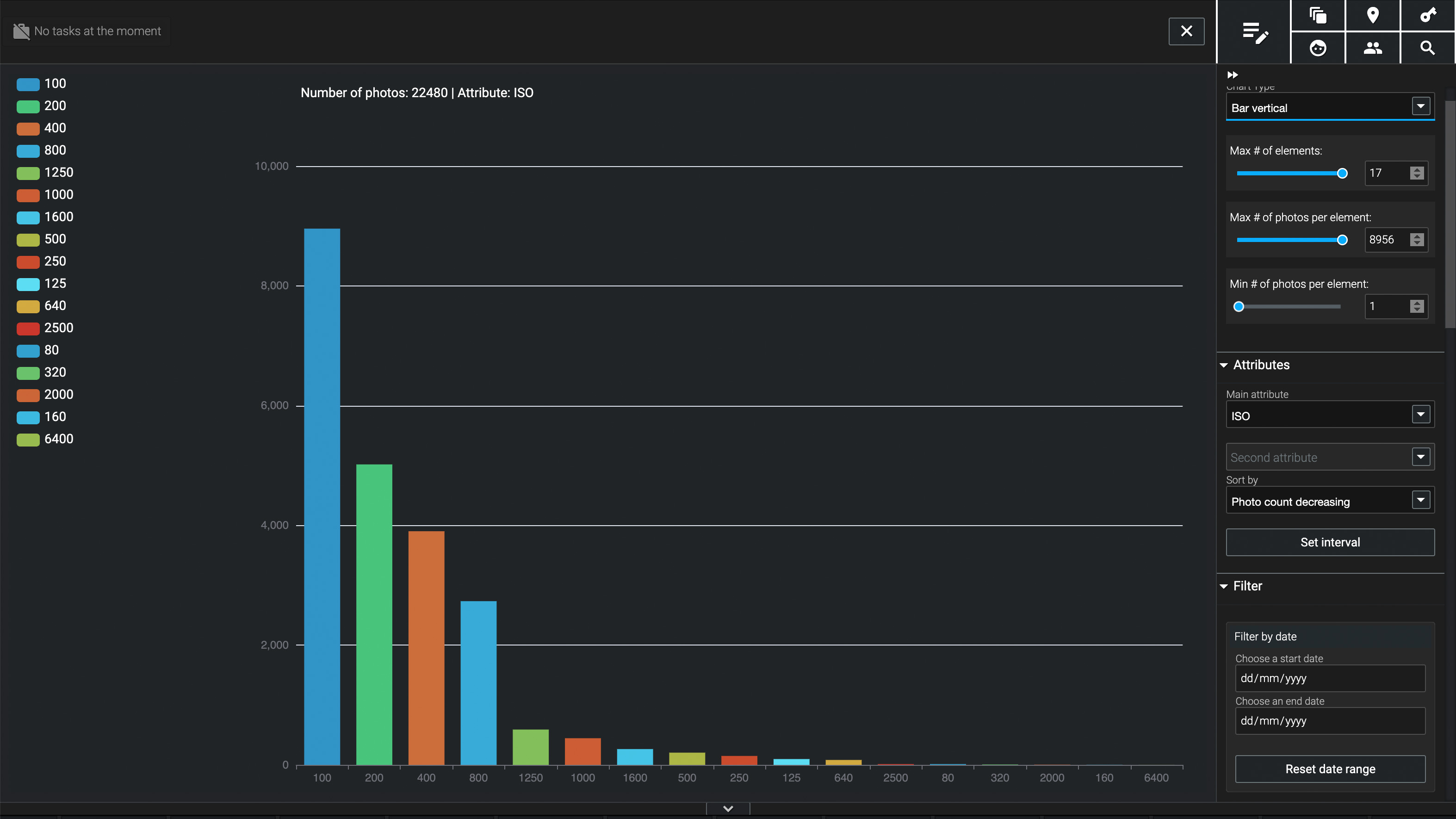Digital Camera World Verdict
The DJI Mini 3 Pro would be an impressive drone even if it crossed the 249g threshold (it can if used with the optional bigger battery). The fact it flies in below the magic weight limit imposed on drone pilots in many countries makes it nearly irresistible. What's more, the quality of imagery means the ultra-light category has a contender which certainly makes the rather heavier Mavic Air 2 look like yesterday’s news. The option to rotate the camera for portrait shooting seems like a luxury, but it’s here, with a bigger and better camera and tri-directional collision sensors into the bargain and flying it feels a real treat in anything other than high winds.
Pros
- +
Can turn camera to portrait mode
- +
Tri-directional collision sensors
- +
Dual native ISO camera
- +
Option of extended battery
Cons
- -
Digital Zoom creates soft images
- -
Some features unavailable in Portrait
- -
As features list rises, so does price
Why you can trust Digital Camera World
The sub-250g section of the drone market has become the most important since legislation requiring licenses and exams – not to mention planning – to operate heavier craft (see current drone rules). DJI has had an offering in this space since October 2019, but the DJI Mini 3 Pro represents an enormous leap in terms of features; a 4K 60fps camera is accompanied by forward, backward and downward vision sensors, tech previously reserved for DJI’s next product tier, the Air 2S, which weighs in at 595g.
Of course DJI wasn’t the only firm racing to improve options at the ultra-lightweight end of the market; in fact Autel’s EVO Nano series shipped in January 2022 (after being announced the previous September) and became the first sub-249g aircraft with collision sensors. No doubt this was a kick in the teeth to DJI and it was bound to come back fighting.
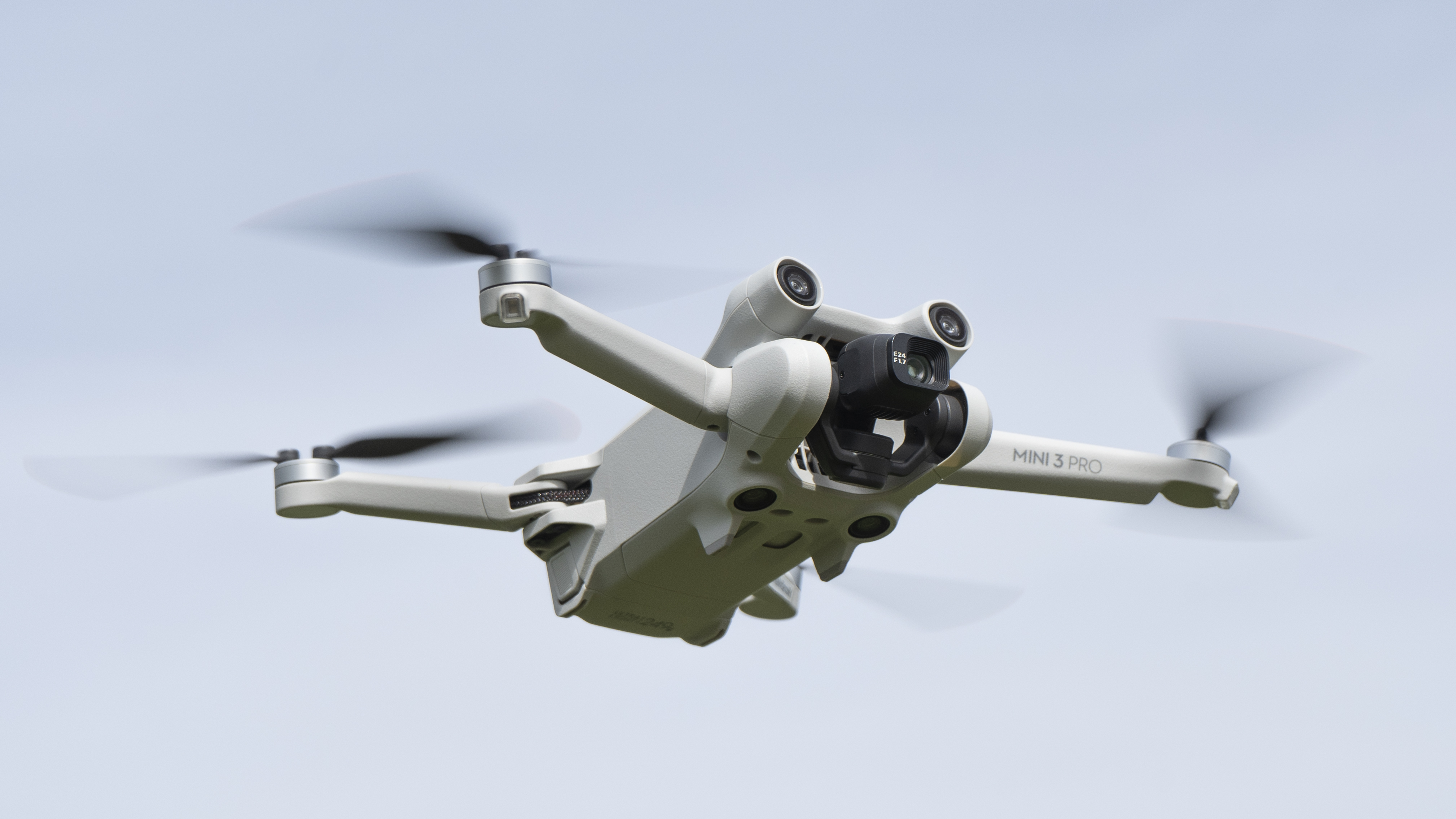
The other side of the equation is price. The same rules which encourage development beneath 249g mean the drones which need to be above it have risen in price beyond even the minimal restraints of inflation; their prices are set by the needs of professional and high-end enthusiast markets. But what of the Mini 3 Pro? Should that not be more restrained? If you’d been hoping the answer would by “Yes,” prepare for disappointment: Not only is the Autel Nano far from cheap, but DJI also offer the comparatively inexpensive Mini SE. The Mini 3 Pro really is about extracting the maximum possible technical achievement from the weight limit.
DJI Mini 3 Drone
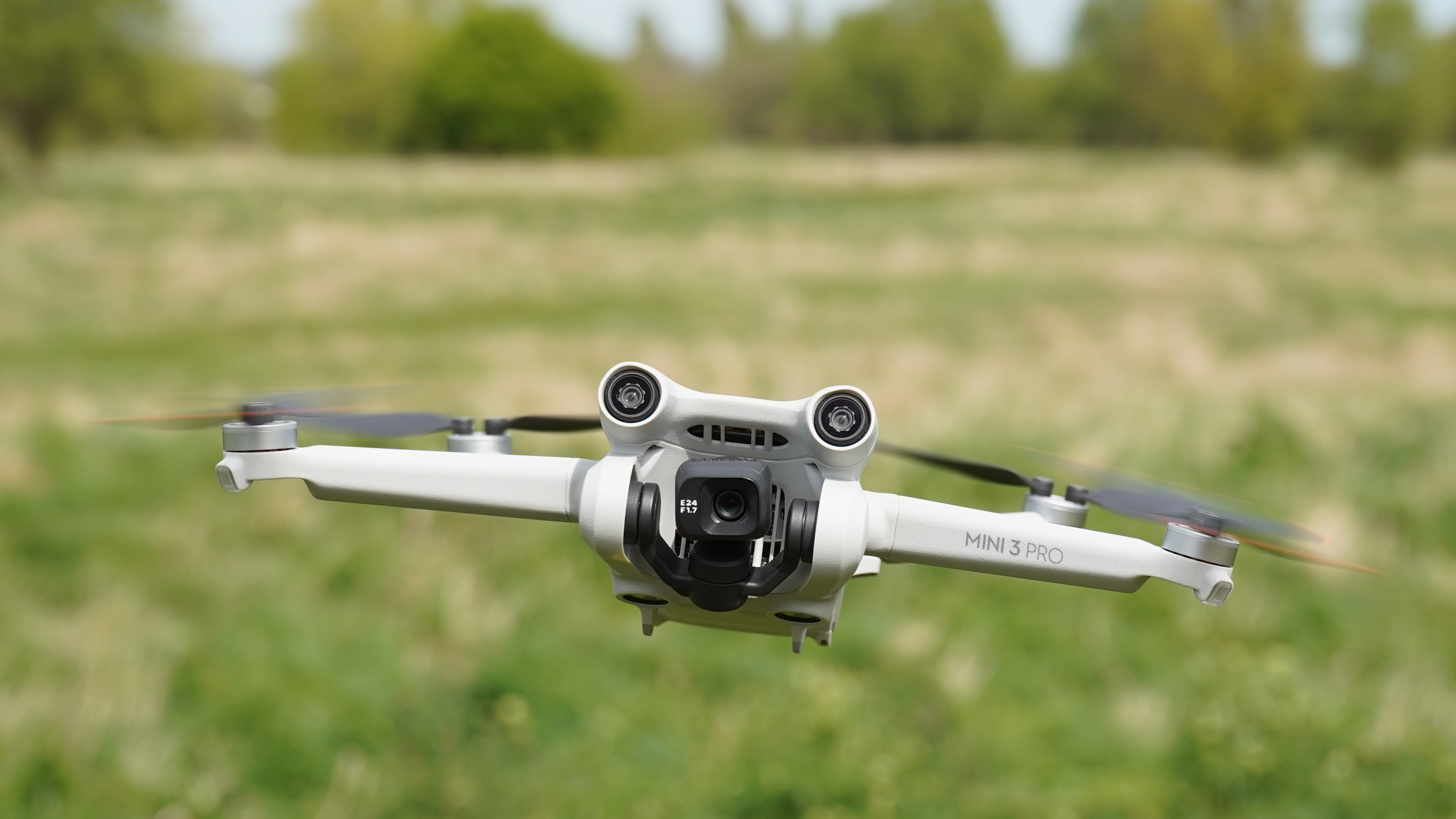
The Mini 3 has an all-new form factor which, for those used to DJI products, offers no major surprises – it has the same folding leg design. That said, there is something indescribably lumpy about the shape from certain angles, no doubt because of the raised vision sensor mounts. This quirkiness is especially apparent when the aircraft is in flight as it sits at what looks an uncomfortable angle. On the other hand the taller fuselage means the legs don’t seem to require opening in sequence, so set-up is easier which is greatly appreciated.
The new gimbal design, which allows the camera to be turned from horizontal to vertical shooting, also looks markedly different to predecessors and – sadly in comparison to the Mavic 3 – marks a return to a fiddly plastic covering for transport. It would have been nicer to have a clip-on protective case like that with the Mavic 3; that design seemed far more gentle to the gimbal and on this drone the gimbal certainly looks delicate.
While we only tested the standard battery – indeed this is the only one which keeps the take-off weight below 249g – we certainly appreciated that DJI will be offering a choice this time, with a 47min ‘Intelligent Flight Battery Plus’ (3850mAh) on offer as well as the 34min ‘Intelligent Flight Battery’ (2453mAh).
Of course these maximum flight times are based on steady forward flight in still air – in practice we found we would definitely have got a ‘return to base’ warning before twenty five minutes, but we were also not blessed with a single perfectly still day to fly on.
Operating the drone is pleasingly straightforward, and first-time pilots will appreciate the genuinely well-implemented guidance. As with nearly all recent DJI drones, the controller offers a Cine, Normal and Sport modes – the later of which is too fast for the collision sensors to be enabled. In our testing, at least, we got no false alerts though the sensors didn’t spot some tall grass blades.
The drone also sports DJI’s APAS 4.0 collision avoidance system, which means it’ll plot a course around an object – like a tree – and carry on even if, as pilot, you just hold the stick forward. That needs to be enabled in the menus, but when tested we found it worked with well-defined objects (like, ahem, journalists), and ones with more troublesome outlines: specifically trees in the wind.
The drone’s other on-board software either matches or eclipses the 570g Mavic Air 2, which included an earlier iteration of APAS, as well as subject following features ActiveTrack, Point of Interest and Spotlight. The Mini 3 Pro also adds the fun QuickShots from the Mini 2 (they require no collision sensors).
In terms of flight dynamics, flight felt good save for one thing; attempting to climb during hard forward flight felt like hard work. It must be said that the DJI Fly app now includes the option to tweak the controller response curves, but at the default settings it was our perception that it was a lot easier to get the aircraft to climb from a hover than when it was whizzing along at a steady altitude. It’s certainly powerful and fast – excitingly so at 16m/s (36mph) – but didn’t always seem able to translate that into ascent. This concern, however, arose mostly in Sport mode, which isn’t the ideal choice for most image capturing!
DJI Mini 3 Camera
The unique and interesting feature is undoubtedly true vertical shooting, the ability to turn the camera 90˚ for full-resolution portrait orientation images ideal for social media sharing, and it certainly is very clever, but not as easy to find a use for it.
The camera is a 1 / 1.3-inch CMOS which features dual native ISO and supports the direct output of HDR footage. The camera is 24mm EFL, like the Mini 2 and Mavic Air 2, and it are It can capture 4K at 60fps or 48MP RAW photos and offers D-Cinelike color mode for those preferring to edit color later (again, specs previously seen on the Mavic Air 2, but not in the Mini category, though the Air 2’s sensor was 1/2 -inch).
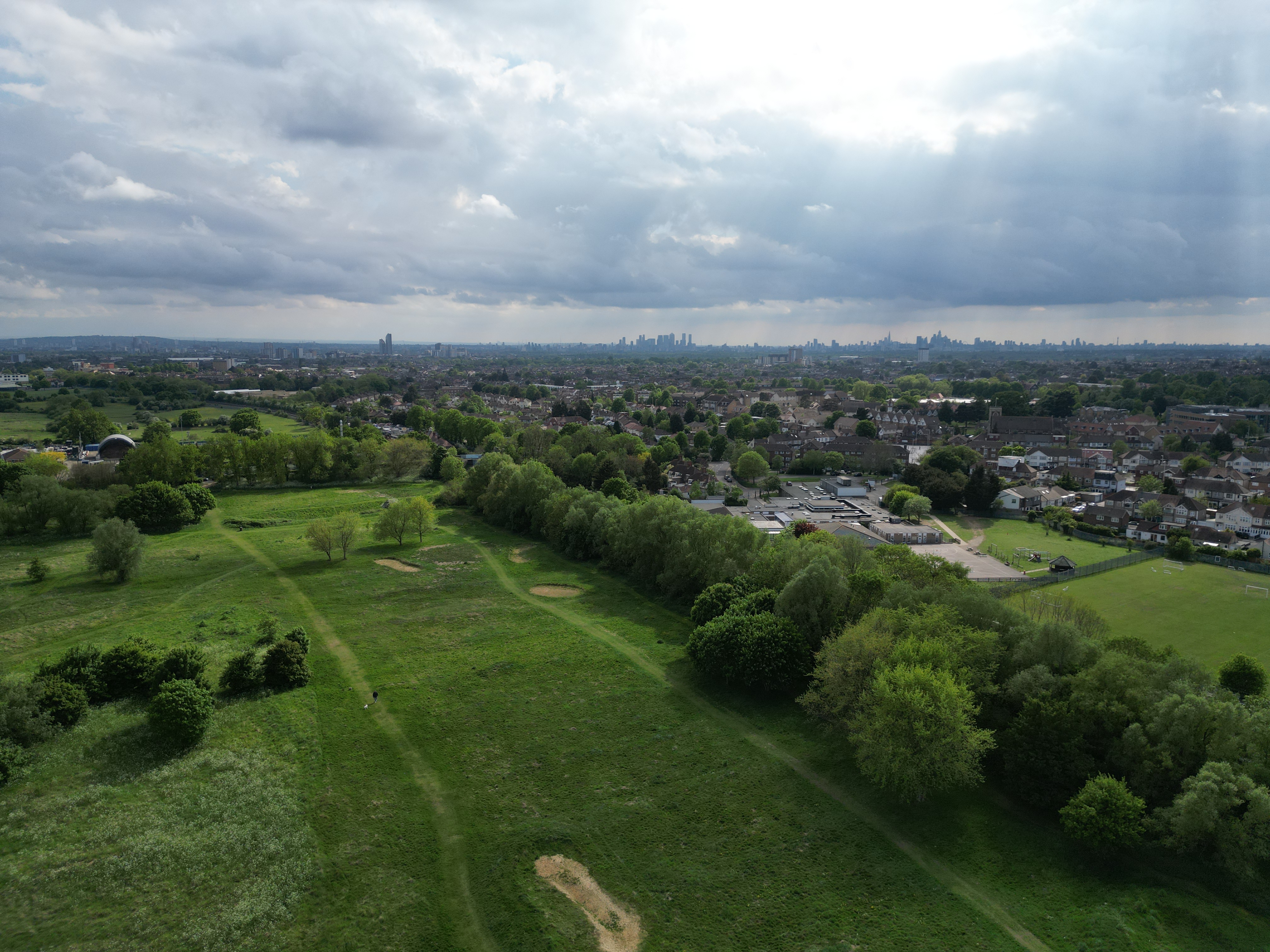
The software defaults to 12 megapixel shooting mode – indeed some of the features are only available this way – and looking into the shadow areas it’s clear that the camera processing is making use of the range of ISO data it is receiving to achieve such a low noise image at this resolution.
Switching up to 48 megapixels, for the moment at least, seems to remove features which don’t feel like they should be affected – like exposure bracketing. Given how delicate exposure is in this mode it’d seem exactly the time to have bracketing available, but that’s not how the menu is designed. If you get the exposure right, however, then in all but the very edges of the frame the high res images are spectacularly detailed for such a compact device – whether you process them from RAW or accept the Jpegs direct from the drone.
Noticeably less impressive is the digital zoom which doesn’t seem to offer much when the images are reviewed after-the-fact, though of course does help see closer during an inspection.
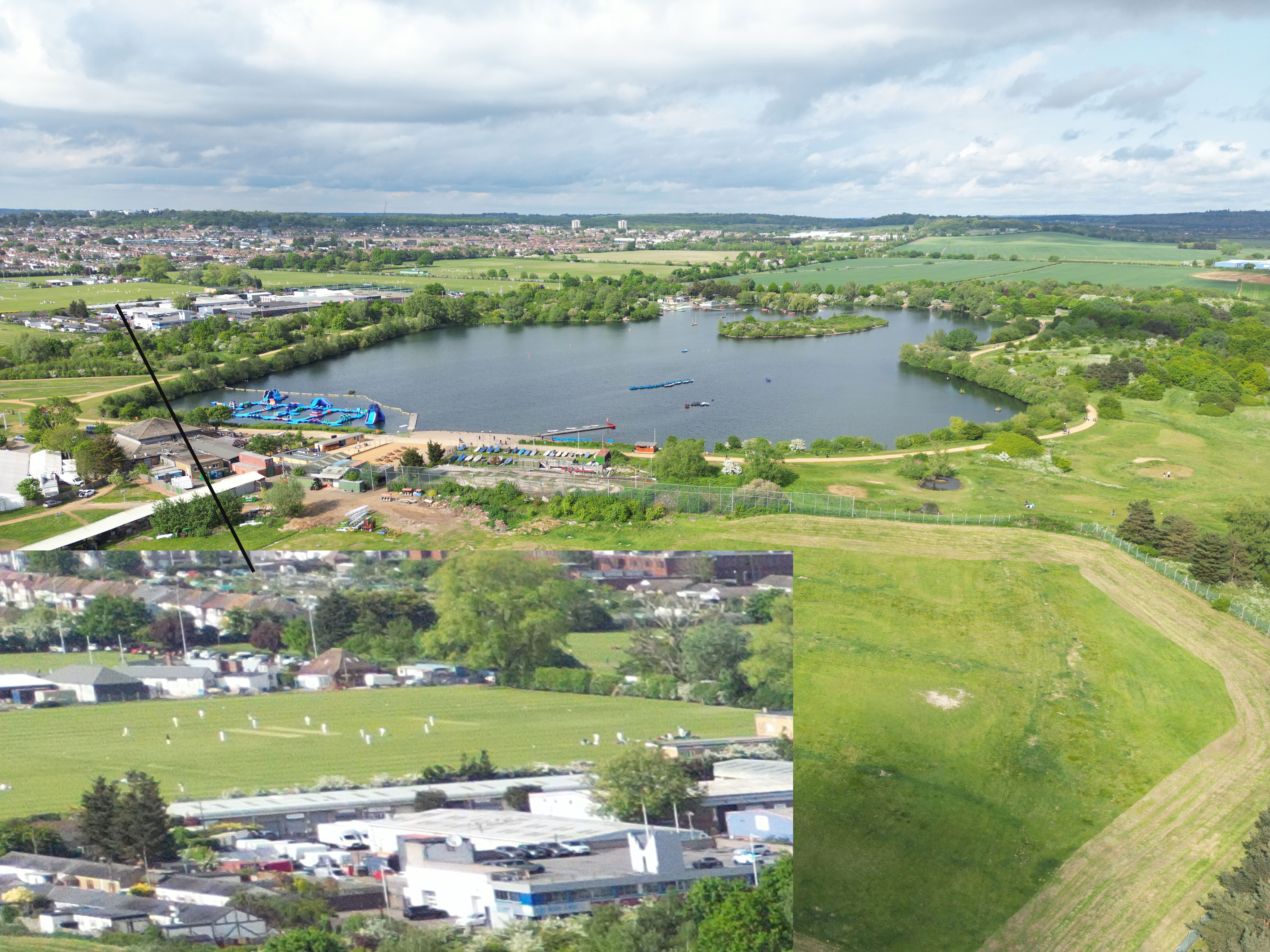
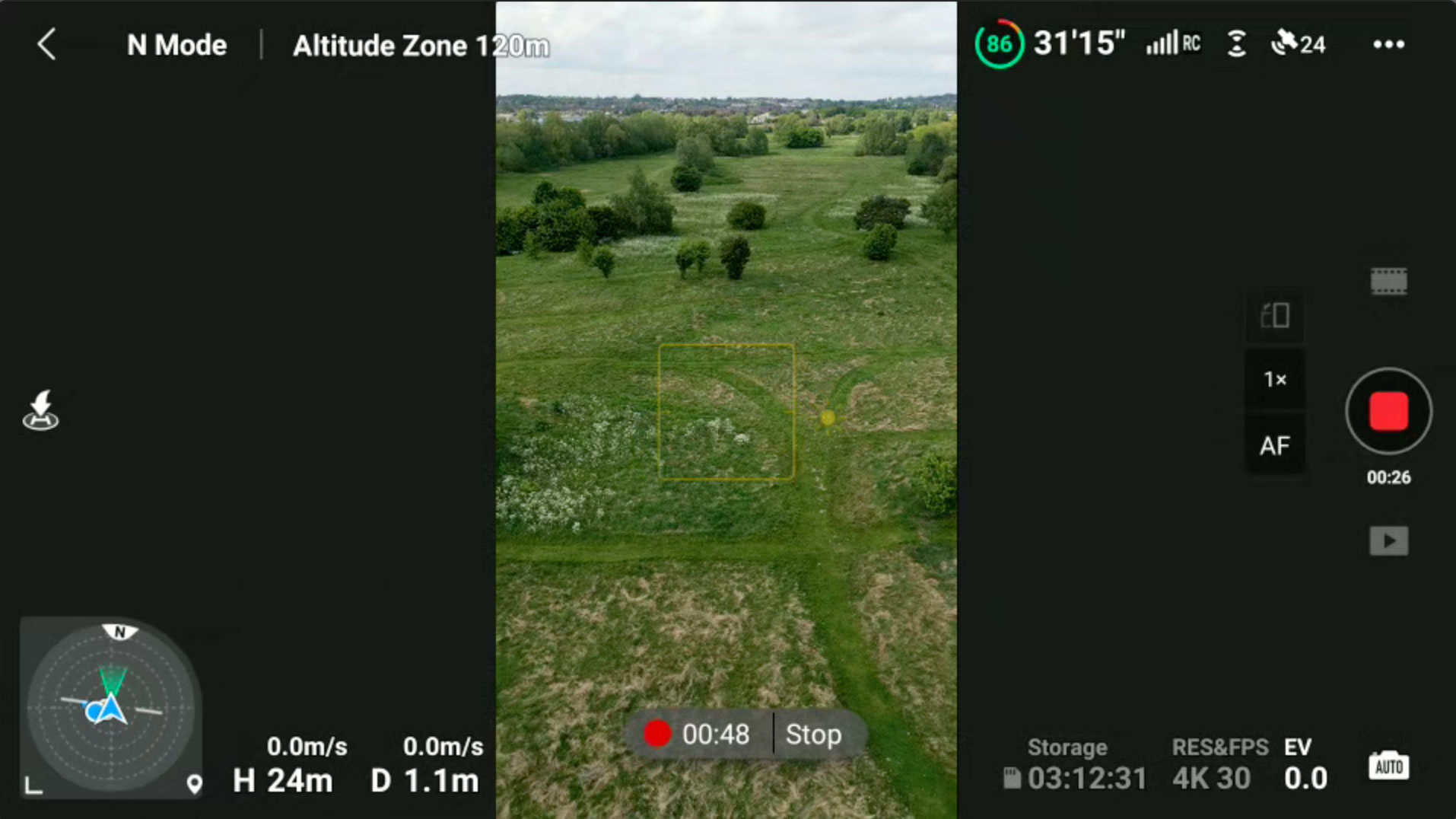
The option to turn the camera to portrait was straightforward to use, as simple as a button on the screen, though we have to admit that in our usual test grounds we didn’t find as many situations where it was useful as we might have hoped. That’s more a matter of perspective (and familiarity with social media) though, we’re sure. If we had a complaint, it would be that the button is so near the zoom and AF buttons that accidental presses are a little too easy. It would also be nice if all the automated shooting modes worked with portrait mode – while it’s undoubtedly more difficult to keep a camera orbiting a subject this way, it’s also bound to be something which would earn clicks! To this end DJI have indicated that they are ‘still optimising the combination of vertical shooting and intelligent features,’ so there is yet hope for an update.
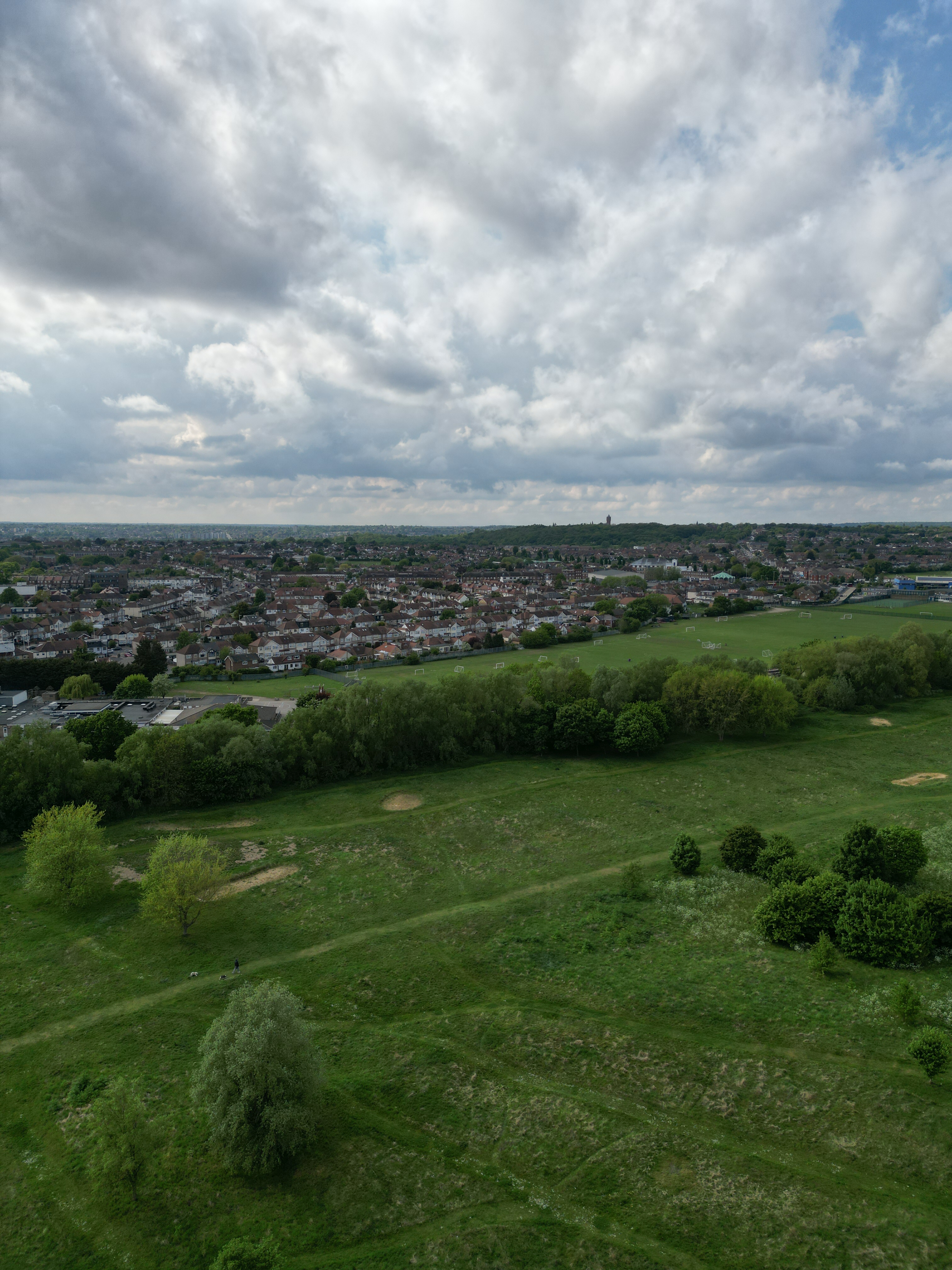
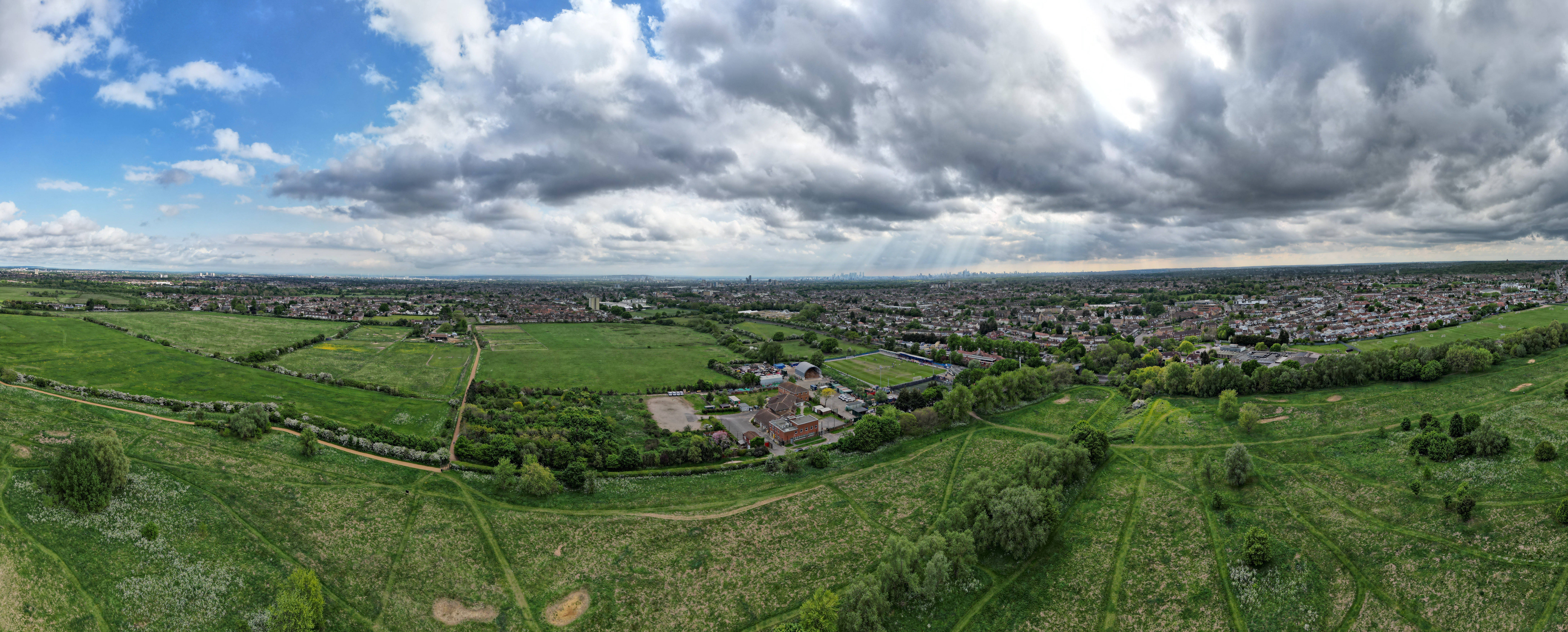
Turning to the video, the Mini 3 produces fine quality footage – indeed given the heritage it’d be a surprise if it didn’t. The dual native ISO works at up to 30fps, essentially creating HDR footage without post-processing. Switching up to 60fps and a certain amount of noise is visible, as well as less color subtlety – in landscapes this is apparent around tree trunks – but the 2.4μm pixels are clearly beneficial even here.
The option to shoot with D-Cinelike color mode is a useful touch that helps earn the ‘Pro’ tag.
Video sample: 4K 60fps is a great option to have available, and the quality is good, but not quite as rich as the 30fps output from the same drone.
Video sample: The 30fps video looks better, and allows the drone’s intelligent functions to be used.
The orbiting shot – a classic egomaniac’s shot – has to cope with the movement of a breeze and a brisk walk, with the subject changing direction. It did successfully, never losing sight of the subject, which speaks well to the AI. The aircraft dipped and rose a little as it orbited though, probably because it is relatively light on the air – it corrected itself rapidly but nevertheless without quite the surety of the heavier (and pricier) Mavic 3.
The only other issue we had with shooting video was briefly encountering jello-motion – evidence of vibration unsuccessfully stabilized – in one shot during which the aircraft was flying sideways and backward in ‘Sport’ mode at about 50m altitude. Perhaps this speed was a little too much for the aerodynamics and the resulting turbulence at the front of the drone upset the gimbal but, in any case, we’d be remiss if we didn’t mention it here, even though it wasn’t an effect we were able to re-create.
DJI Mini 3: Choosing a controller

By offering the drone without a controller, DJI are doing a big favour to the many out there who have already invested in an OM3-compatible drone (like the Mavic 3) but are looking for something else. Otherwise the choice is between the RC-N1 – which can be thought of as the ‘standard DJI remote controller’ (seen on the Air 2S and standard Mavic 3) – and the new DJI RC with built-in screen.
Whichever you use, 12km range (in FCC areas), with 1080p live view is – in theory at least – available and we certainly had no problems within our legal limits when testing, and saw no glitching on the gorgeous display of the new RC.
In all honesty, we’ve often been unimpressed by built-in screens, especially as a value proposition, but the jump in price will be palatable to many who prefer not to connect their main means of communication, and the fact it is a choice is hard to sniff at.
The device might be thought of as an Android screen concealed in a DJI remote; it has a MicroSD port at the base, as well as two USB-C sockets – one for charging the controller, the other for connecting the Android device to a host. It surprises by feeling lighter, or more efficiently shaped, than its screen-less counterpart, though it can hold four hours of charge and connect to the internet via Bluetooth 4.2 or wi-fi (it’ll need to manage firmware updates from time to time, if nothing else).
DJI Mini 3: Verdict
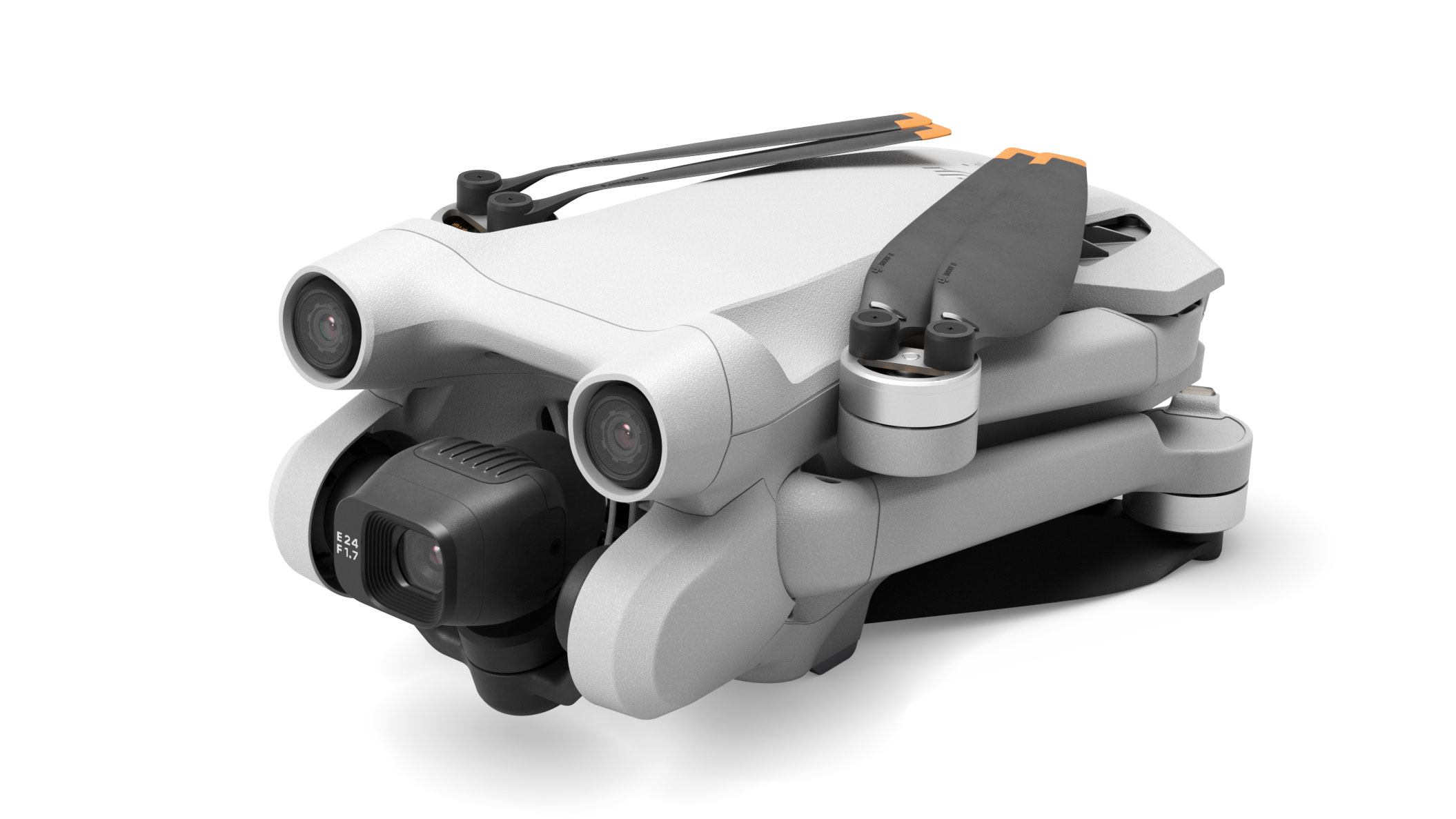
Despite an extensive range of drones, it seems DJI have managed to find and establish a new category, at least in comparison to their own product list. It seems clear the far cheaper Mini SE, with its 2.7K camera and lacking any environment sensors, will remain as a welcoming gateway to DJI’s range. Even the Mini 2, again with no environment sensors and a lesser camera (but still with 4K) could conceivably sit beneath this and still have a place. The Mavic Air 2 will probably not be able to justify its continued existence, however, at roughly the same price but without the portability advantage (the Air 2S, with a 1-inch sensor, should survive).
Sadly, if you were hoping for a bargain, this is probably bad news – this isn’t a lot of extra features for the Mini 2 but something better, above it, at the same weight. For those operating in dangerous areas, where heavier drones represent a risk to people, then this represents the best option. It handles itself as well as can be expected in the breeze, the camera impresses and – if you want to get in close – the low weight and portrait mode give you possibilities worth exploring.

With over 20 years of expertise as a tech journalist, Adam brings a wealth of knowledge across a vast number of product categories, including timelapse cameras, home security cameras, NVR cameras, photography books, webcams, 3D printers and 3D scanners, borescopes, radar detectors… and, above all, drones.
Adam is our resident expert on all aspects of camera drones and drone photography, from buying guides on the best choices for aerial photographers of all ability levels to the latest rules and regulations on piloting drones.
He is the author of a number of books including The Complete Guide to Drones, The Smart Smart Home Handbook, 101 Tips for DSLR Video and The Drone Pilot's Handbook.

